Skidding and Keeping projects on track
FEATURE
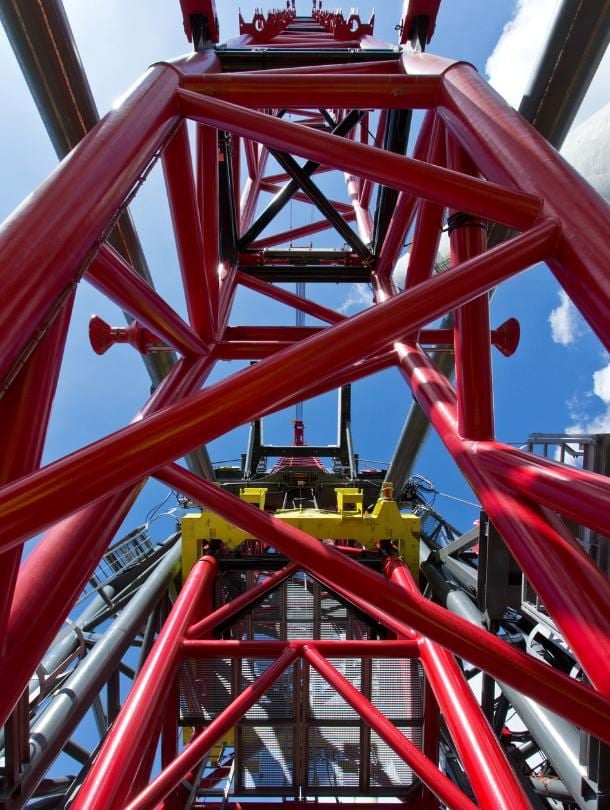
FEATURE
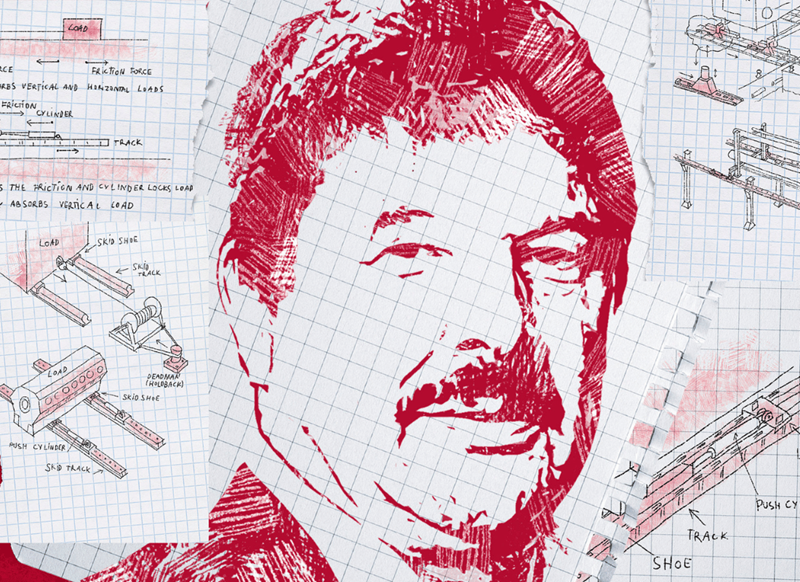
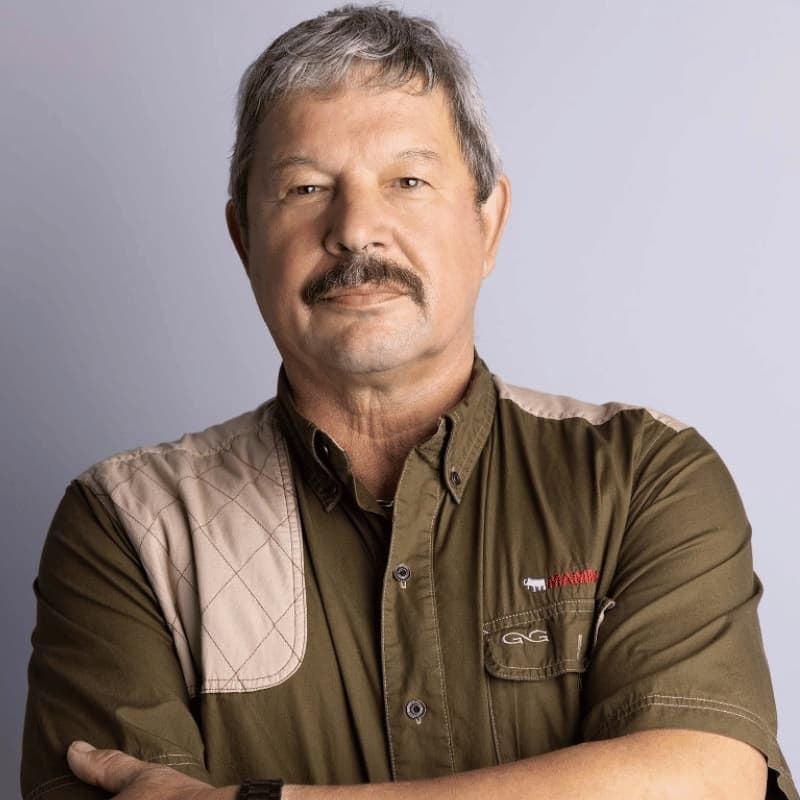
Ancient structures, including Stonehenge, the pyramids and the statues of Easter Island, are thought to have employed skidding techniques, using sleds or rolling log systems, for their placement. Modern-day skidding has become more technical, with automated and computer-controlled functions, but the fundamental principle is the same: loads are skidded along a surface using some kind of pull or push force.
For example, a load is winched using cables attached to an anchor point. According to Newton’s law - for every action, there is an equal, and opposite reaction. Therefore, when we pull a load with a cable, the cable pulls back, and tension runs through the cable in both directions. That tension is transferred to the anchor point so that the ground absorbs the force of both the vertical and horizontal loads.
Due to static friction – the friction that exists between a stationary object and the surface on which it’s resting – a strong force is needed initially to get the load moving. Once the object is moving, kinetic friction applies to the load – this is the friction that exists between two objects moving relative to each other. Kinetic friction isn’t as strong as static friction, therefore less force is required to maintain movement and the frictional resistance is roughly constant. Friction, of both types, may be reduced by applying a coating or surface covering on the ground to provide lubrication.
By putting the load onto a track system, the forces are contained within the system so friction is reduced and an external anchor point is not required – the ground only absorbs the vertical load.
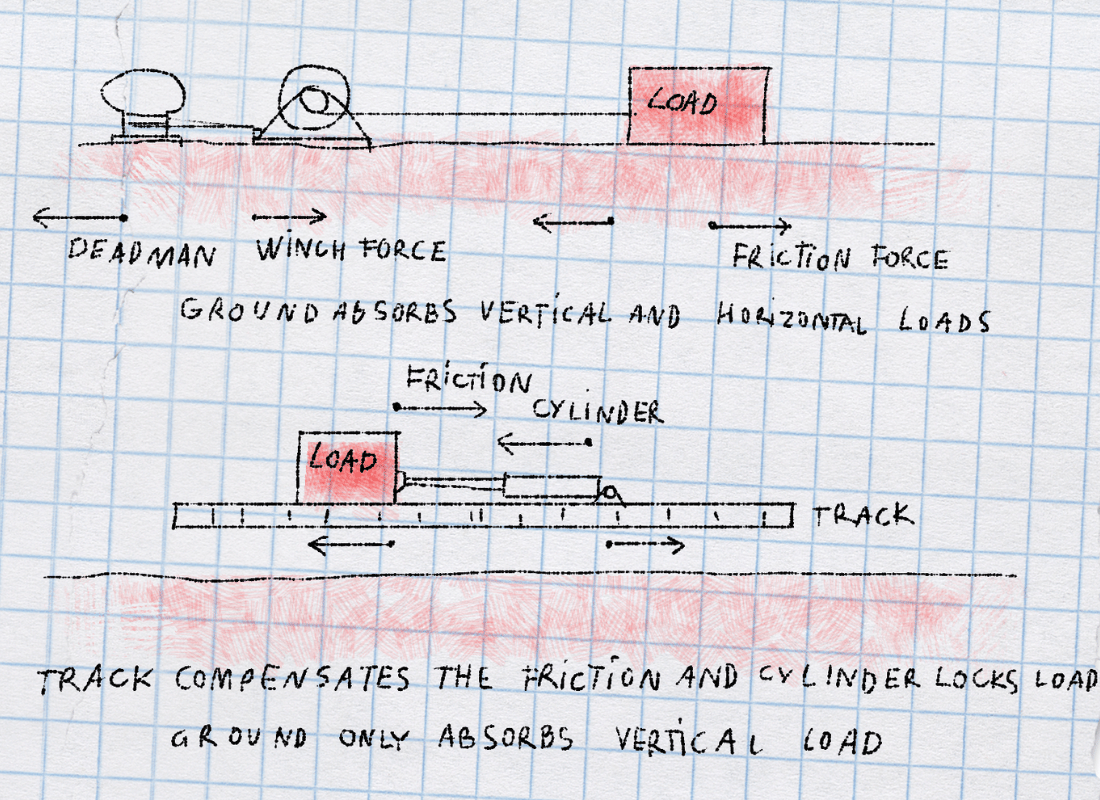
Skid tracks provide a safe way to maneuver a heavy object with millimeter precision and a very efficient use of force. Using a skid track combines high-capacity lifting with a small footprint, making it a suitable alternative to cranes, trailers, and SPMTs for sites with restricted space. Skid tracks also offer unlimited capacity – you can simply add more beams, tracks, or skid shoes to accommodate the size and weight of the load.
Furthermore, they are easy to mobilize and install, delivering a simple way to move loads with very few moving parts.
When mounted on a skid track, the load moves horizontally in the tracks, resting on beams or skid shoes. Skid beams can be used in situations where a load needs to be transported horizontally. Skid shoes are equipped with a hydraulic cylinder, allowing some vertical movement and distributing the load more evenly - both on the ground and across the structure.
The cylinders can also be used to pick up the load and set it back down. This eliminates the need to use a jacking system to load and unload the cargo. Skid-systems are suitable for moving components within confined spaces in plants where exchange or replacement was designed, e.g. renewal of a reactor engine blocks.
There are different ways to create the forces needed to move the load on its skid system. Typically, these fall into one of two options:
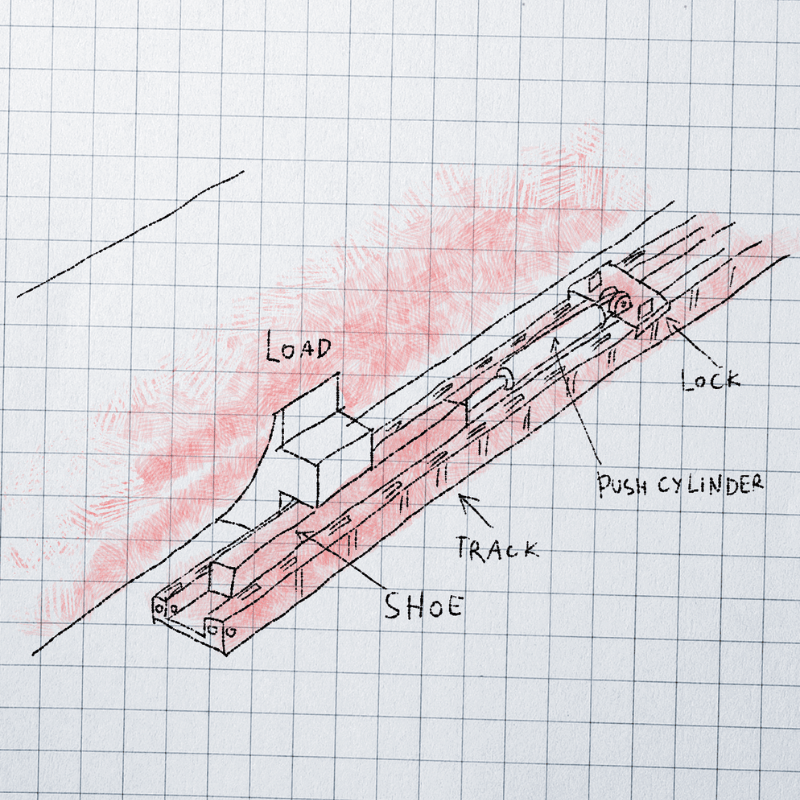
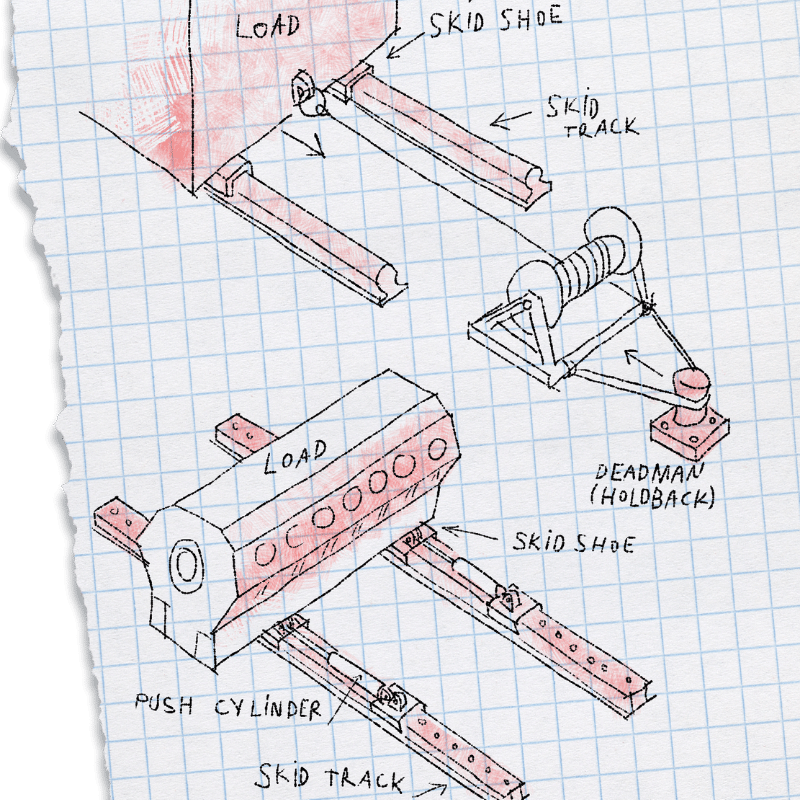
Or where there may be obstacles on the vessel’s route to its installation area, such as pipe racks within a refinery. Skid systems are also used for offshore load-out and load-in operations where heavy loads, over 10,000 tons, are often skidded onto barges or ships. They are also used inside ships or small power plants to change out crankshafts or sometimes whole engine blocks.
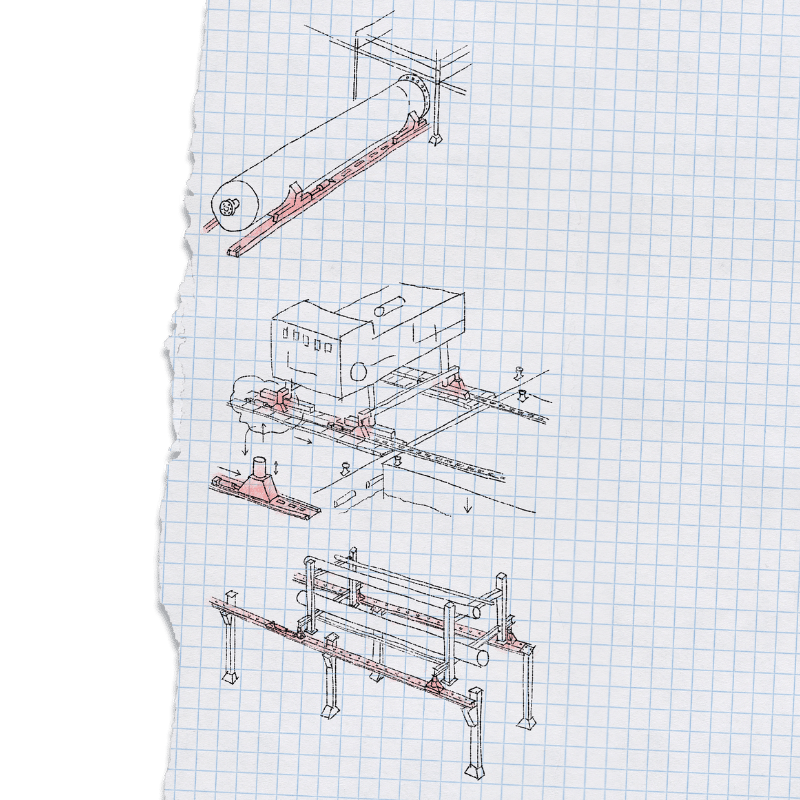
Skid tracks can also be mounted on jack-up systems or steel supports and mats to enable sliding components into place at different heights. This provides flexibility for maneuvering loads at different ground levels, or where the access to an installation point is at height, for example when installing pipe racks at height in petrochemical plants or exchangers or feed water heaters in power plants.
Skid systems are part of Mammoet’s toolbox for moving objects, of all sizes. Mostly these systems are used to move loads in a straight line, however, curved systems or turns can also be engineered, or tailor-made systems for specific projects such as Chernobyl’s Safe Confinement Arch.
Whatever the project’s requirements, a variety of hydraulic skid shoes and skid beams, with individual capacity, ranges between 60 and 700 metric tons, can be combined, alongside dedicated software solutions, to provide ever-increasing cumulative capacity.